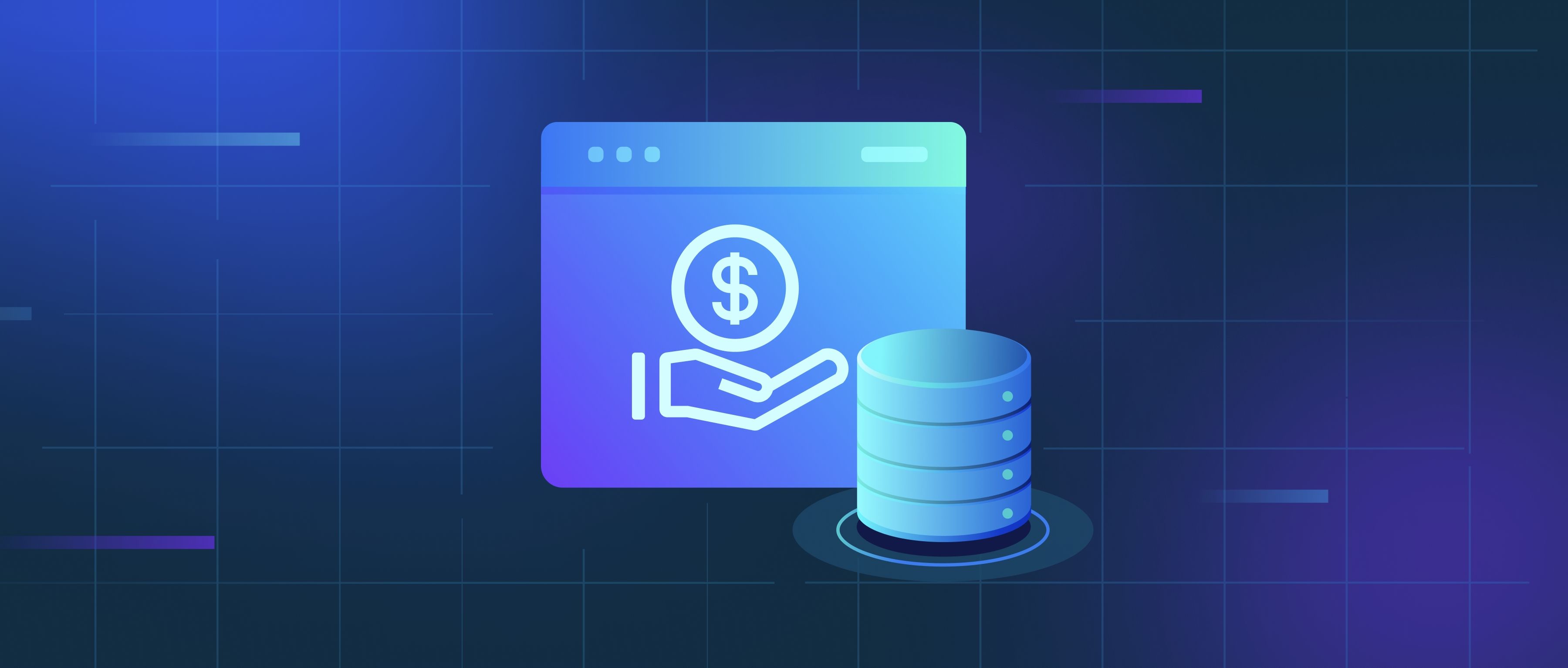SQL Server is a relational database management system (RDBMS) developed by Microsoft. It is designed to store, retrieve, and manage data within relational databases using Structured Query Language (SQL), which is the standard language for interacting with relational database systems. By organizing data into tables with predefined relationships, SQL Server allows for efficient data management and retrieval, making it a popular choice for various applications, from small personal projects to large enterprise systems.
At its core, a relational database uses a structure that allows users to define data types, relationships, and constraints across different tables. For example, in SQL Server, a developer might create a database for a retail management system that includes tables for products, customers, and orders. These tables can be linked through foreign keys, enabling complex queries that aggregate and manipulate data based on these relationships. Using SQL, developers can perform tasks such as retrieving customer order histories, calculating total sales, or generating reports, all while ensuring data integrity and consistency.
SQL Server also includes a range of tools and features that enhance database management and functionality. For instance, it supports transaction management, which ensures that sequences of operations either complete successfully or are rolled back to maintain data integrity. Furthermore, SQL Server can be integrated with other Microsoft tools and platforms, like Azure for cloud-based solutions, providing scalability and flexibility for developers. Overall, SQL Server is a robust platform that offers powerful capabilities for managing relational databases, making it a vital tool for developers working with data-driven applications.
